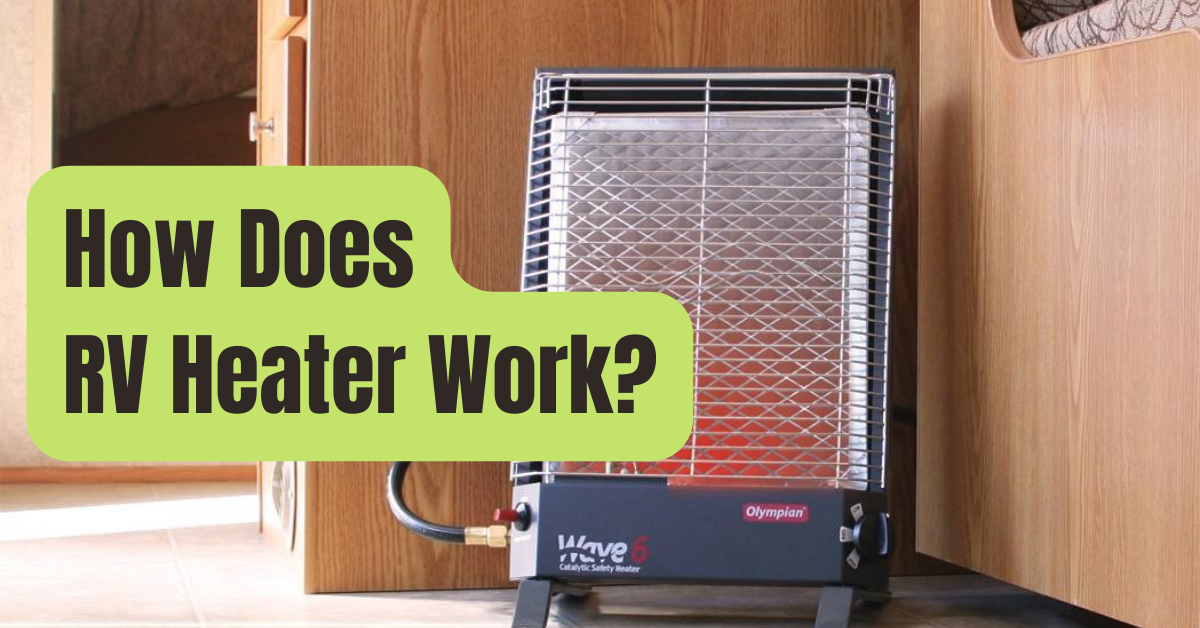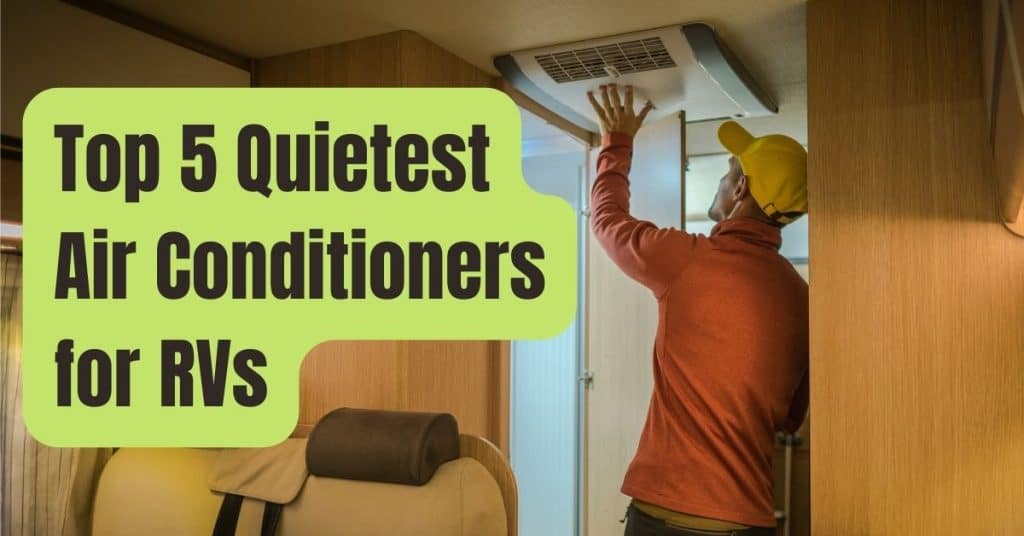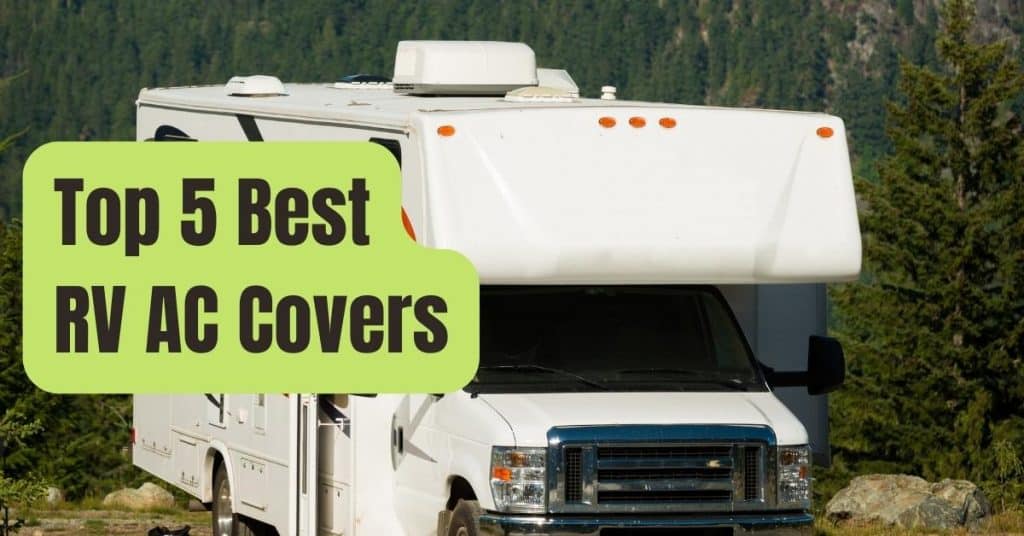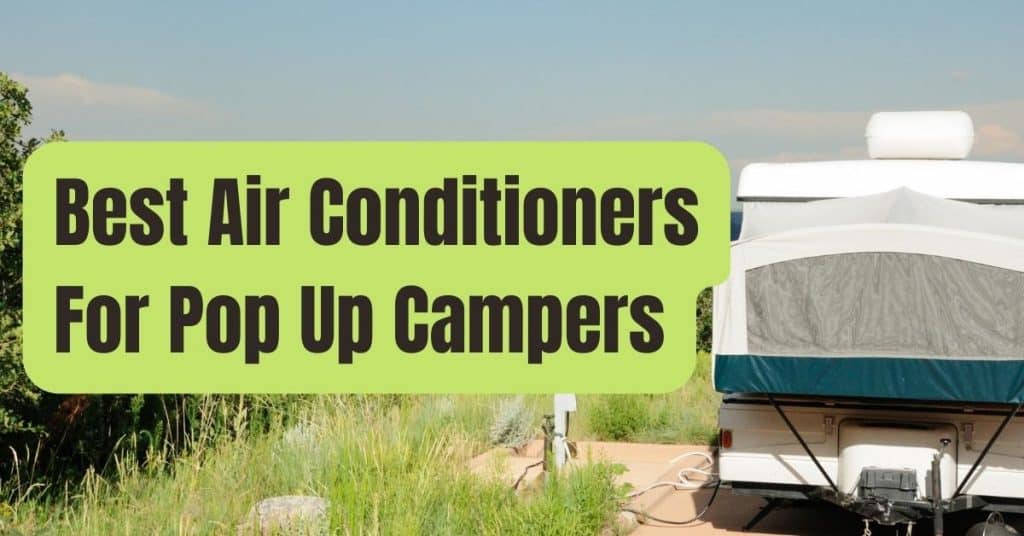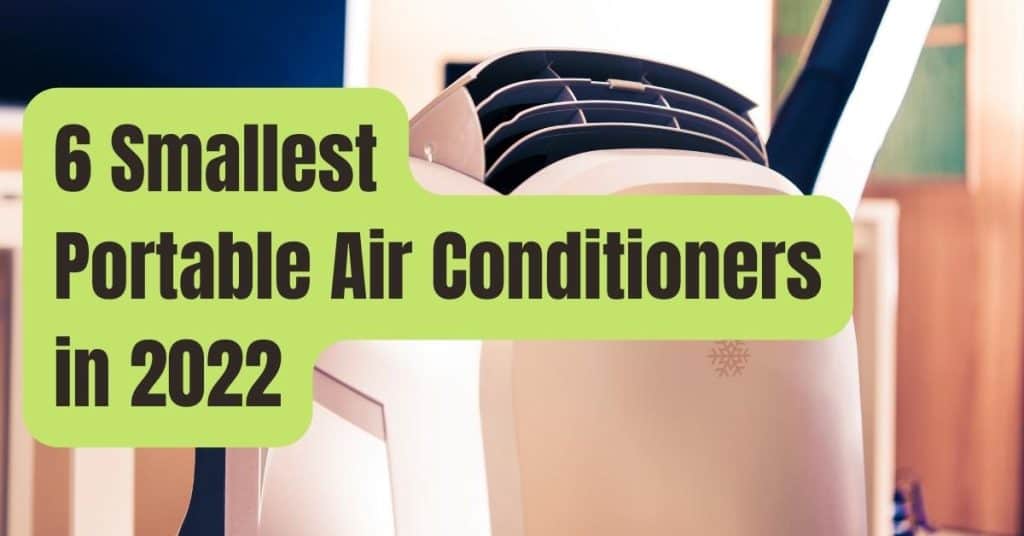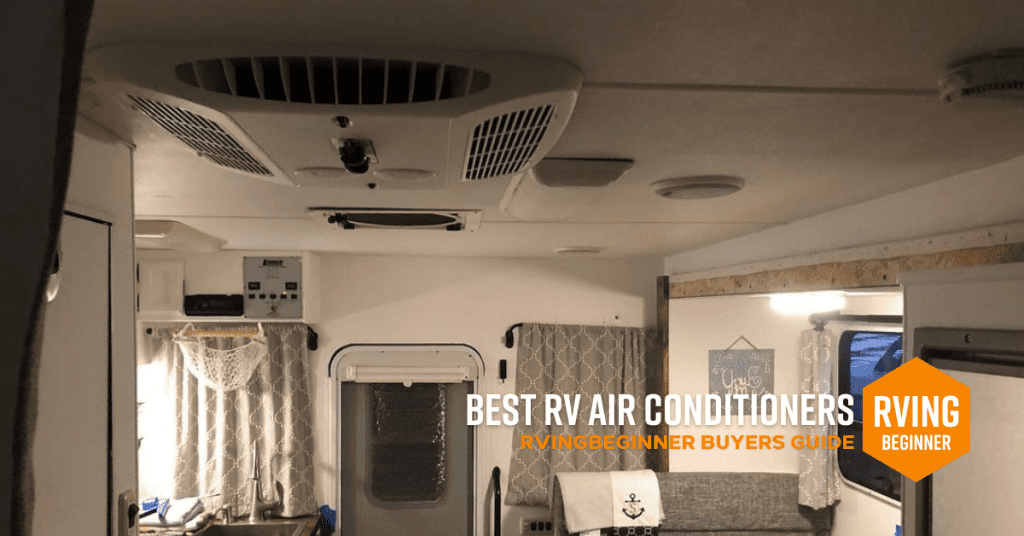Wintertime interior living is preferred by many RV campers.
For some people, the winter season is all about being warm at home than than venturing out and enjoying a camper.
Others, though, like to become more daring during this time.
We have some excellent news for you if you are a member of the latter category.
Cold weather RV camping is feasible! especially if the furnace in your camper is powered by propane.
But how does a propane furnace in an RV operate?
This manual will teach you how your RV’s propane furnace operates as well as some crucial safety, upkeep, and troubleshooting advice.
How Does an RV Furnace Work and What Is It?
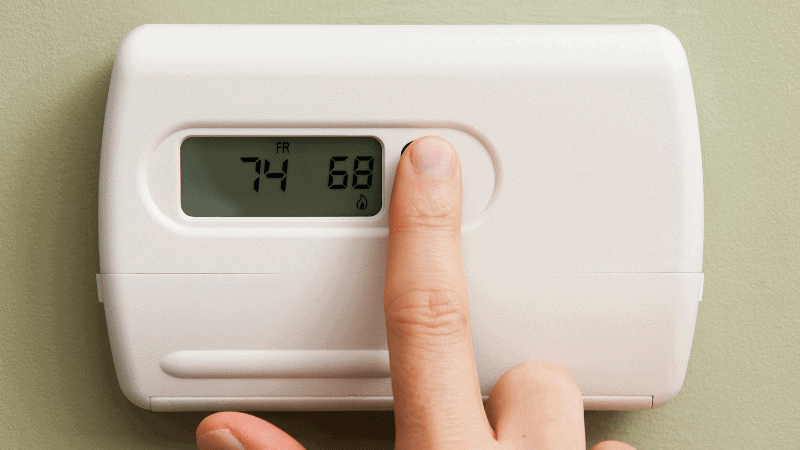
A primary source of heat that utilizes both propane and electricity is a motorhome furnace, to put it simply.
The furnace system is heated by propane, while the fan is powered by electricity.
Working with such a forced-air system is really simple since all you need is some ductwork, a thermostat, and a blower motor.
The blower motor turns on when the thermostat is set higher than the RV’s temperature.
As propane burns to produce hot air and the system’s ducts pump this air out, the heater gradually starts to warm your RV.
In order for an RV heater to function, both propane and electricity are necessary: propane is used to generate hot air, and electricity is used to switch on the heating system and power the fans.
This sort of heater is reasonably priced to install in your RV.
Since the ducting often runs beneath the floor of the RV, this system will not only heat the space but also stop the pipes and tanks from freezing.
Which Propane Heater is Optimal for an RV?
Knowing how an RV furnace works today may have you considering which propane heater to purchase.
If you’re searching for a ducted propane RV heater, Dometic (previously Atwood) or Suburban models are recommended since they are well-known for being well-liked, long-lasting, and well-made heating systems.
These are pricey, however, and you’ll need to engage a specialist to install one of these furnace systems.
Consider using a space heater if your money is limited and you’re seeking for some inexpensive options.
They will serve the function without costing you a fortune, whether they are gas or electric space heaters.
Power heaters will be a terrific money-saving choice if the camping locations you choose have electric hookups.

Heat Storm Phoenix Infrared Space Heater
On the other hand, those who choose to camp outside when boondocking are advised to use propane space heaters.
When compared to propane furnaces for RVs, these heaters utilize less fuel.

Mr. Heater Buddy Indoor-Safe Portable Propane Radiant Heater
The drawback of space heaters is that they won’t keep the “bottom” of your RV warm, which increases the likelihood that your tanks and pipes may freeze in really cold weather.
In order to heat the whole car, you may need more than one heater.
How Much Propane Is Needed for an RV Furnace?
Among many other things, an RV furnace’s BTU rating will determine how much propane it requires.
In our article How Much Propane Does an RV Furnace Use, we went into great detail about this.
But first, let’s take a brief look at a practical illustration utilizing the DOMETIC Mojave Large Doored Furnace.
The British thermal unit (BTU) capacity of the DOMETIC Mojave Large Doored Furnace is rated at 40,000 per hour.
Propane contains 91,502 BTUs per gallon.
So in essence, a gallon of propane would be enough to power your furnace for around 2.3 hours.
The size of the propane tank will determine how long you can operate an RV heater on propane.
4.6 litres of propane are contained in a standard 20 lb propane tank.
How long can an RV furnace be powered by a 20 lb propane tank?
Simply multiply 4.6 (gallons in a 20 lb tank) X 2.3 using the previous example (the hours our furnace will run off 1 gallon).
A 20 lb propane tank can power an RV heater for 10.5 hours.
Note: In our well-known article How Long Does Propane Last in an RV?, you can find a free propane use calculator.
Can quickly determine how much propane is used by each item in your setup, such as the furnace and water heater in your RV.
How to Care for Your RV’s Furnace for Constant Heating
You must do meticulous maintenance on a system if you want to make sure it functions effectively.
Here, the same rule applies.
However, it is not at all difficult to maintain a forced air heater.
How to maintain the furnace in an RV
- Check the ducts’ connections to the furnace and the registers on a regular basis.
- Keep the furnace and registers clean.
- Look for any kind of holes, rips, or blockages in the ducts. When you find them, fix them right away.
- Keep the vents for air intake and exhaust pure and spotless.
Mice and birds may enter your RV via vents since it is continually exposed to the weather.
Around registers, even dust and debris may build up over time, particularly if you go through rural places.
Therefore, it is advised to do RV furnace maintenance at least twice a year to maintain the system operating well.
How to Fix a Propane Heater in an RV While Camping
Even if your propane RV furnace is in excellent working order and you double-checked it before setting out for camp, there is a potential that the gas furnace system might malfunction.
And let me tell you, they never malfunction when you least expect it! So, to address a few common concerns, here are some ideas for troubleshooting an RV propane furnace.
#1. The RV Furnace’s Engine Is Broken.
When you turn on the RV heater, you’ll often hear the blower motor begin to operate.
If you can’t, there could be an electrical issue.
What are you going to do now?
Checking your furnace fuse should be your first step.
Is it extinguished? If so, just swap it out with a fresh fuse to restart the machine.
But if the fuse isn’t the problem, here’s what may be:
- A thermostat
- Defective blower motor
- Defective module board
We advise getting in touch with a licensed RV technician to have the heating system checked if the problem isn’t with the fuse.
#2. The RV Furnace Motor Is Operating, But The System Isn’t Functioning Normally.
In this situation, you could hear the blower motor start, but nothing more occurs.
This indicates that you’re probably dealing with a failed sail switch.
The switch could be stuck in certain circumstances, so you’ll have to put in some effort to get it back to normal.
In other circumstances, you’ll have to completely replace the switch.
Here is a little video that demonstrates how to fix a filthy sail switch on an RV heater.
A defective high-temperature relay may potentially exacerbate this issue in addition to the switch problem.
You may be able to remedy the issue by checking the voltage here.
#3. RV Furnace Won’t Ignite On The Pilot
In this case, the blower motor is operating flawlessly, and you can hear the gas valve pounding and the igniter clicking, but the pilot won’t light.
Your propane pipes may just contain air and need to be purged if that’s the problem.
For a step-by-step procedure to fix this, refer to our instruction on how to purge RV propane lines.
Bugs, a faulty igniter positioning, or a defective gas valve might potentially be the problem.
Yes, it’s conceivable that bugs will be discovered in the gas tubes and combustion chamber.
So, carefully cleaning certain locations can also be able to remedy the problem.
Additional Information Regarding RV Propane Furnace Heaters
#1. Your First Priority Is Safety.
You must exercise caution while using a propane furnace in certain situations.
After all, you should be ready for the worst since a gas leak might possibly be lethal.
So it’s crucial to outfit your RV with both a propane detector and a carbon monoxide detector if you want to put a good propane furnace system in it.
To make sure the RV propane detector is functioning correctly, be sure to test it often.
#2. Prerequisite: Proper Ventilation
It’s crucial to produce the required airflow for your RV furnace to operate smoothly and effectively.
To do this, you must take two precautions:
- The propane heater in the RV is correctly ventilated.
- The air intake is not altered.
Don’t block your vents while the furnace is running, either.
This will make adequate ventilation easier.
#3. Learn How an RV Furnace works.
This has previously been covered, so let’s briefly review.
As soon as you turn on the thermostat, your RV furnace won’t start operating for a few seconds.
Once it does, wait for around 30 seconds before checking the vents for warm air.
If the blower continues to run for a while, don’t get alarmed.
You will continue to hear it until the flame goes out and the proper temperature is reached.
#4. Dusty Odor Is Not A Problem
If there is a dusty smell coming from your vent, you shouldn’t be concerned.
Dust, dirt, and other material that has gathered in your vents and ducts over time may burn as soon as your furnace kicks on, giving you this stench for a while.
#5. The Odor of Propane Can Be a Problem
The smell of dust is not a problem, but the smell of propane may be.
So, as soon as you smell propane, turn off the LP gas and open your RV’s doors and windows to allow for sufficient ventilation.
You must next make an effort to locate the propane leak’s source.
Visit our article RV Propane Detector Keeps Going Off? for more information.
Try This! for advice on how to locate the propane gas leak.
#6. Accumulation Of Soot Around The Vent
If you see soot building up around the exhaust vent, the fuel and oxygen are not effectively combining.
Because of this, gasoline is wasted.
Check for soot and get rid of it if you discover any to prevent this.
To avoid the soot formation once again, you should also regulate the airflow to the burner flame.
#7. Upkeep of LP Gas Regulators
Your RV will have LP gas regulators that will eventually need to be replaced, no matter what kind, model, or brand it is.
Because a malfunctioning regulator will reduce the effectiveness of your propane supply, it might cause problems with your furnace.
Therefore, it’s preferable to change them on a regular basis to prevent this.
If not, at least maintain and check them on a regular basis.
Examining your regulators is not difficult.
You just need to turn on the furnace and watch the burner’s flame.
It’s okay if you see it in blue.
It could need to be replaced if it’s yellow.
Use one of our top 3 choices for the finest RV propane regulator to replace it.

